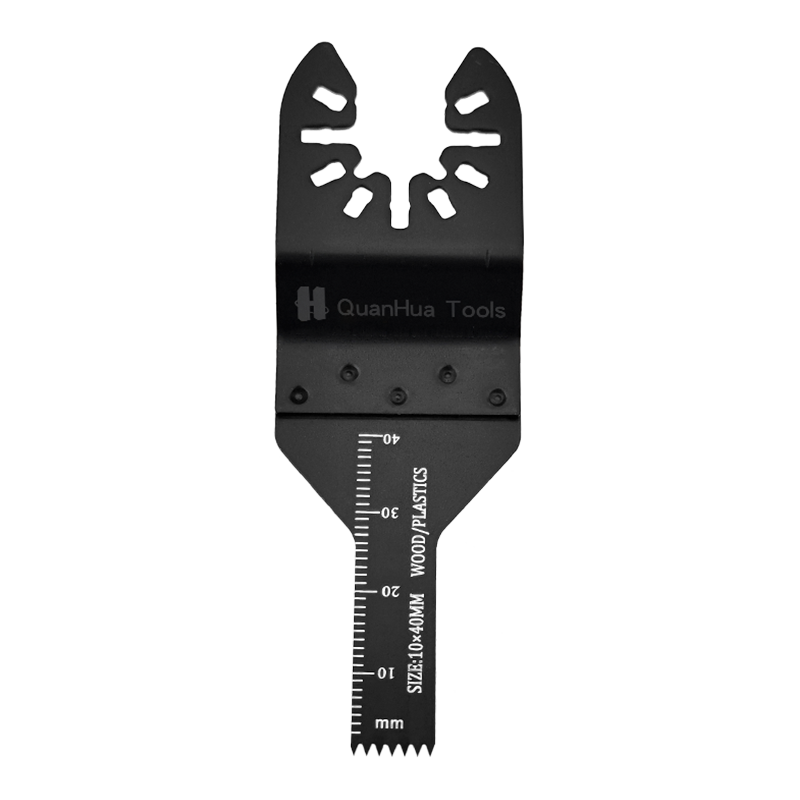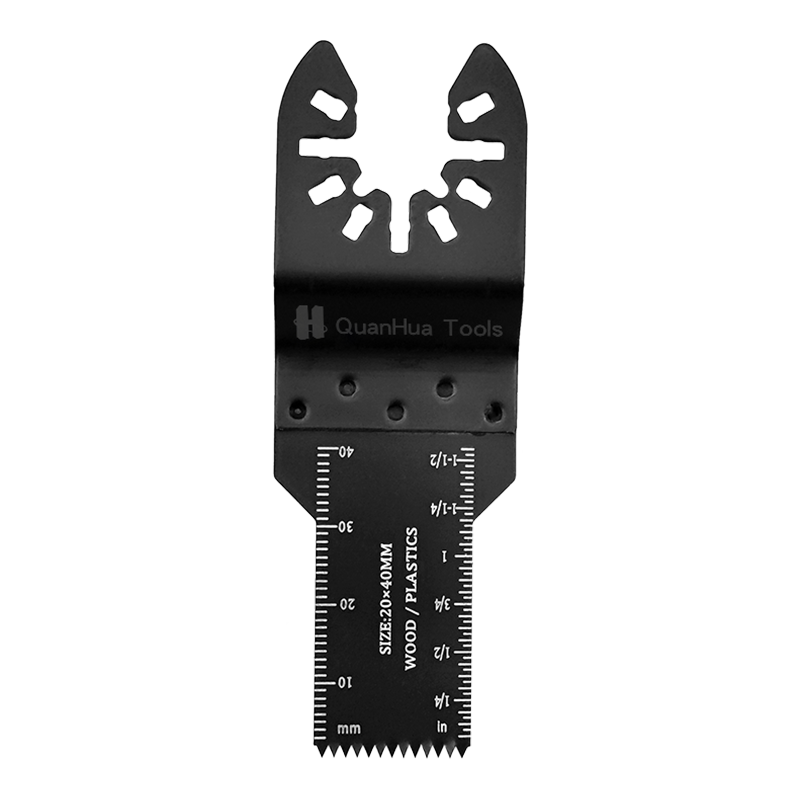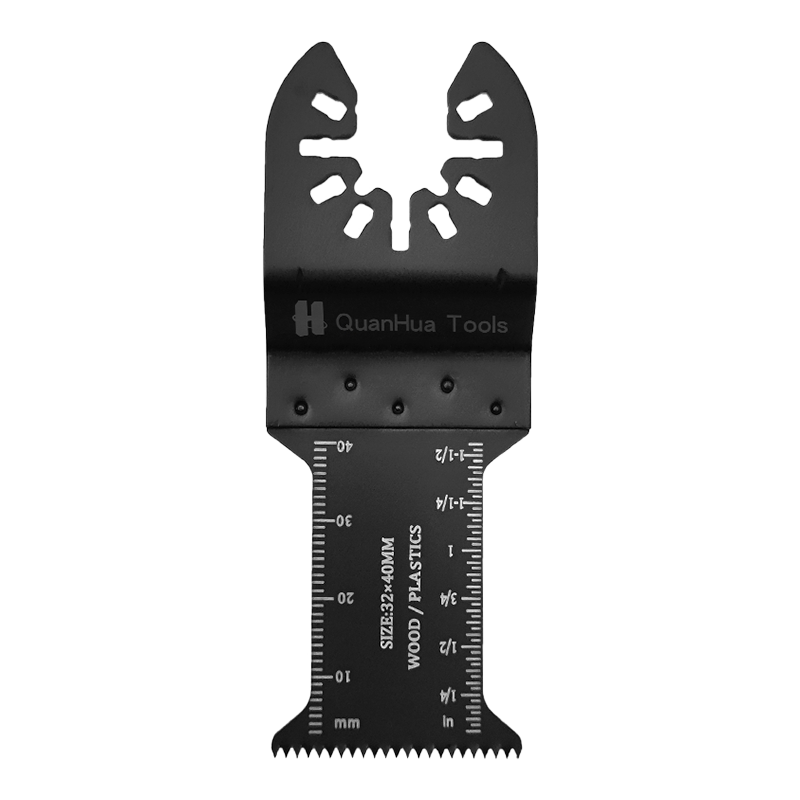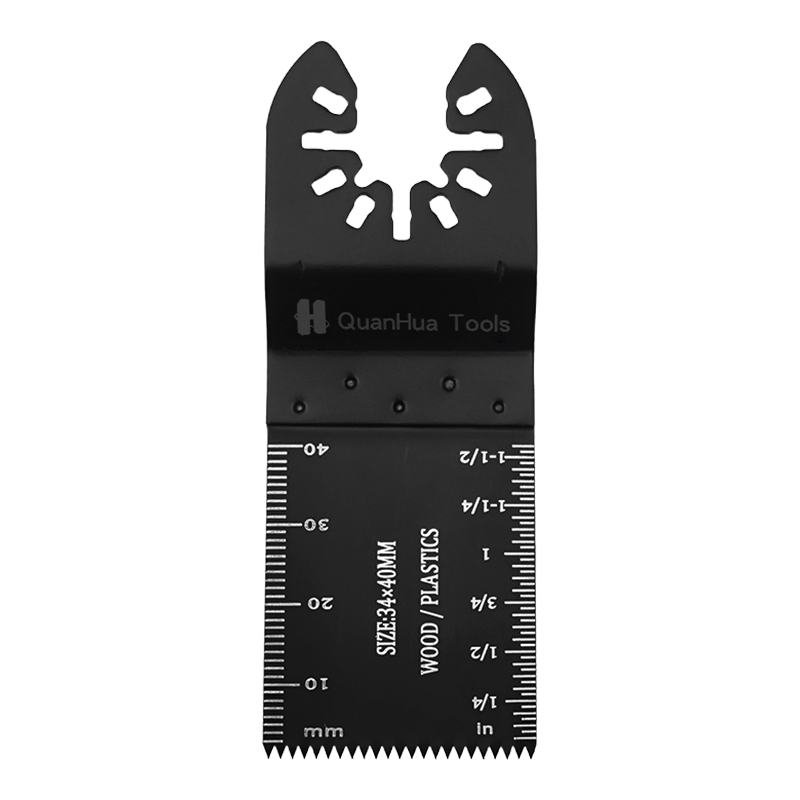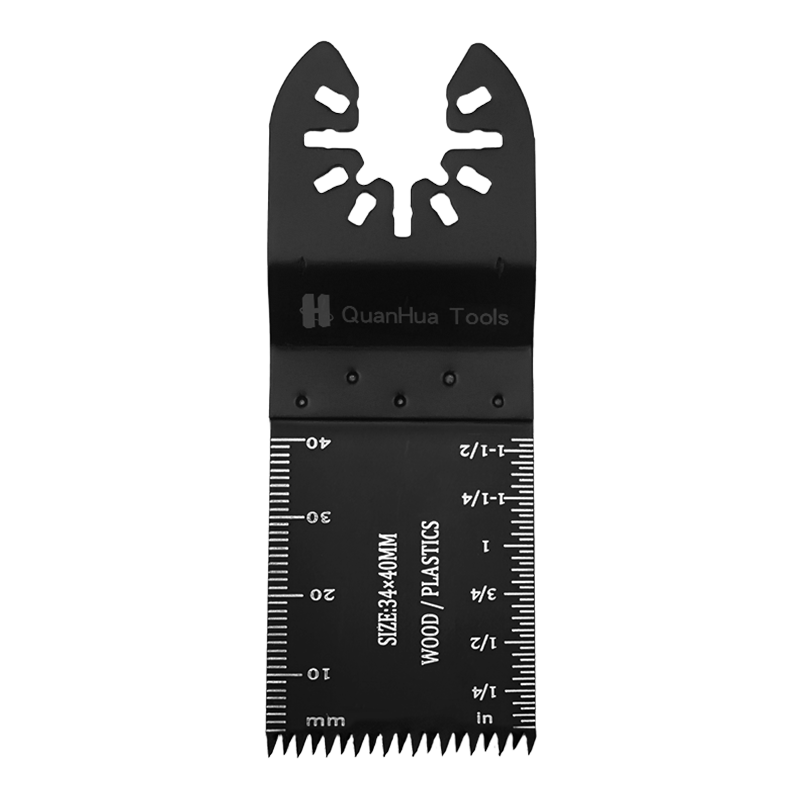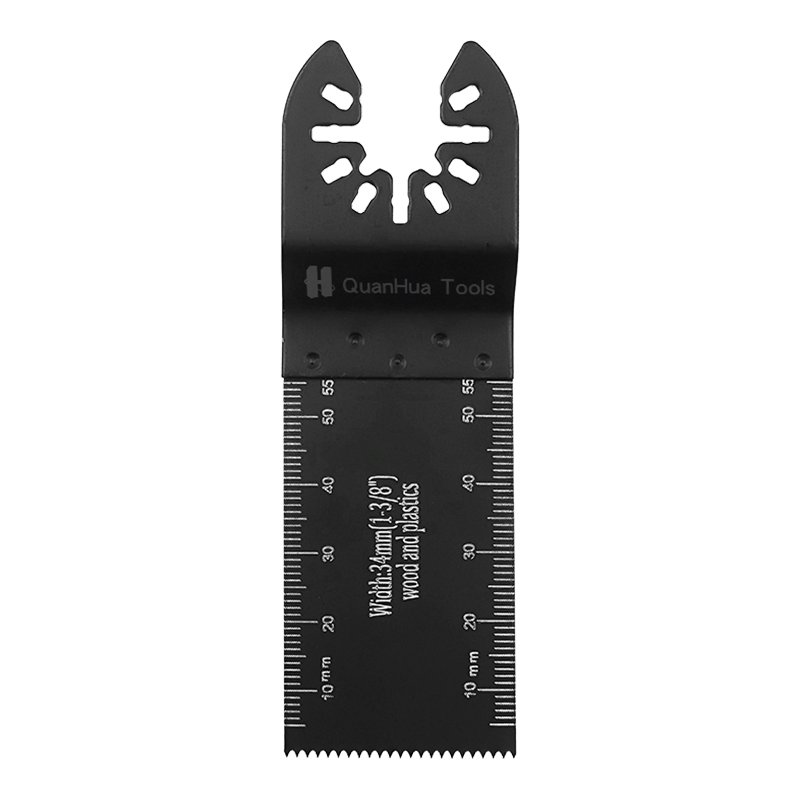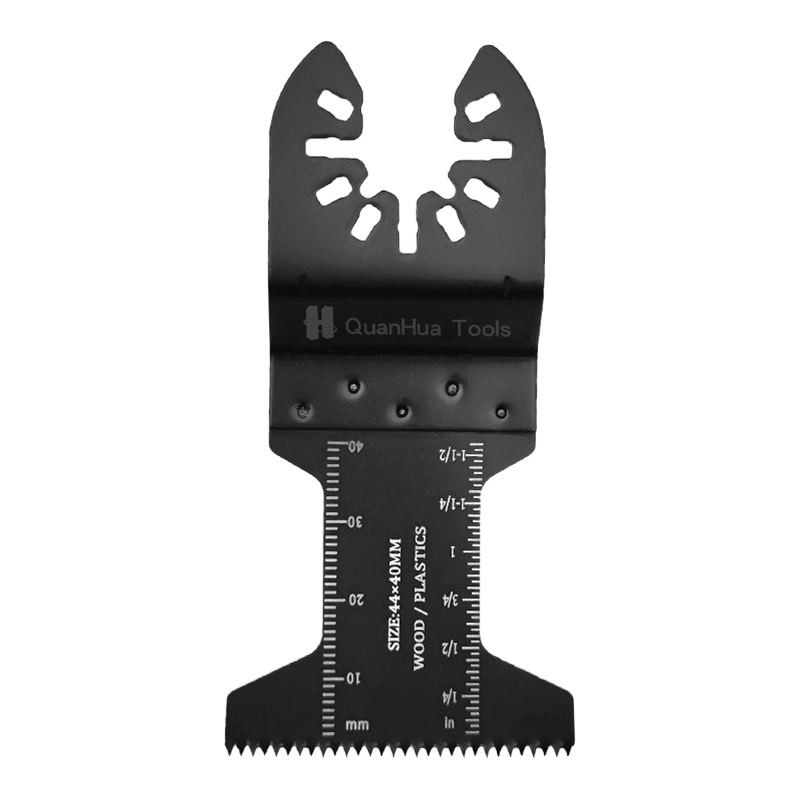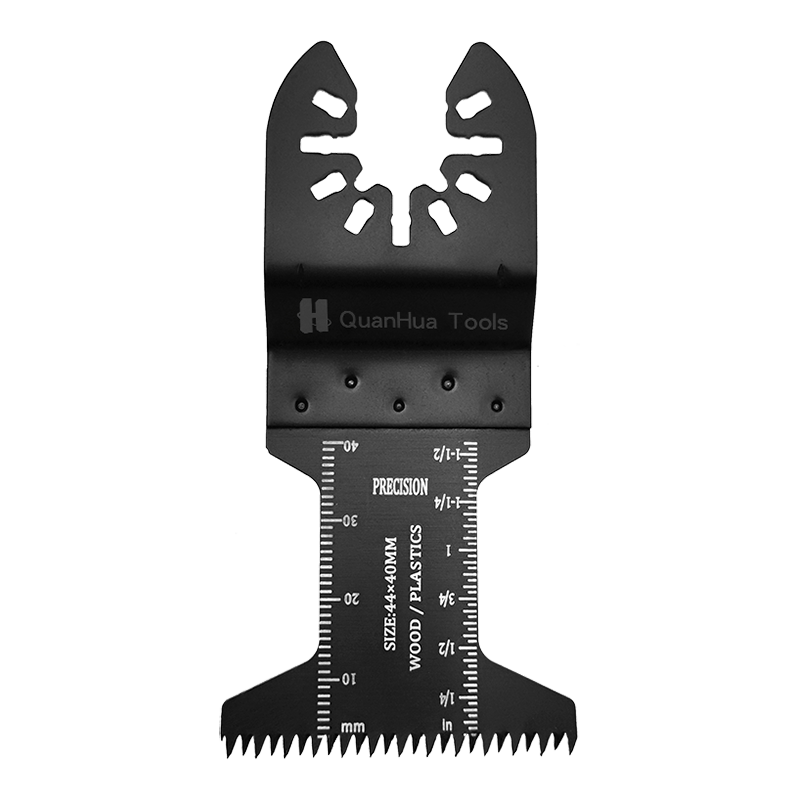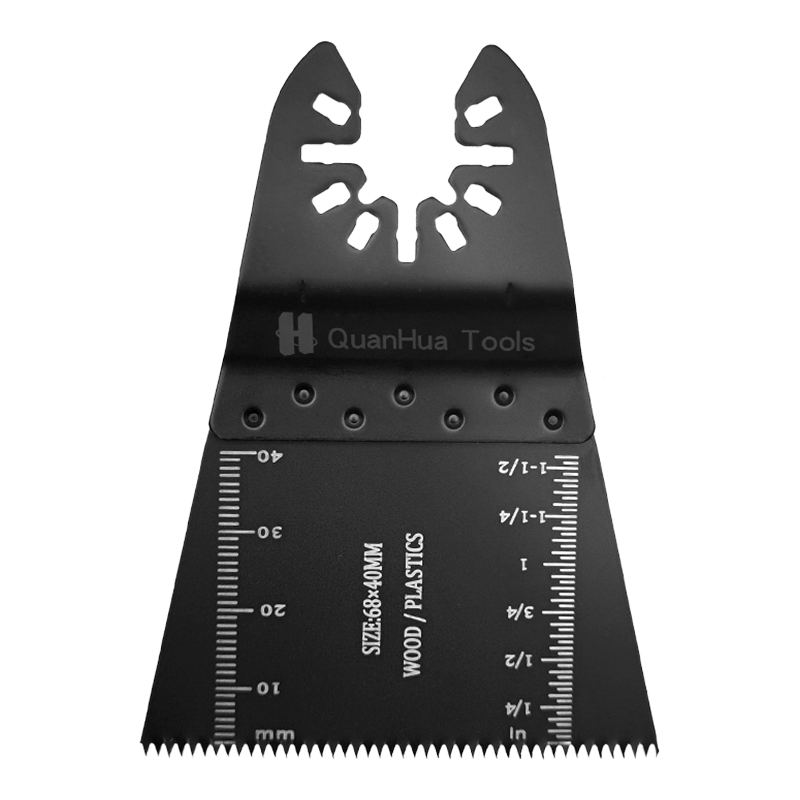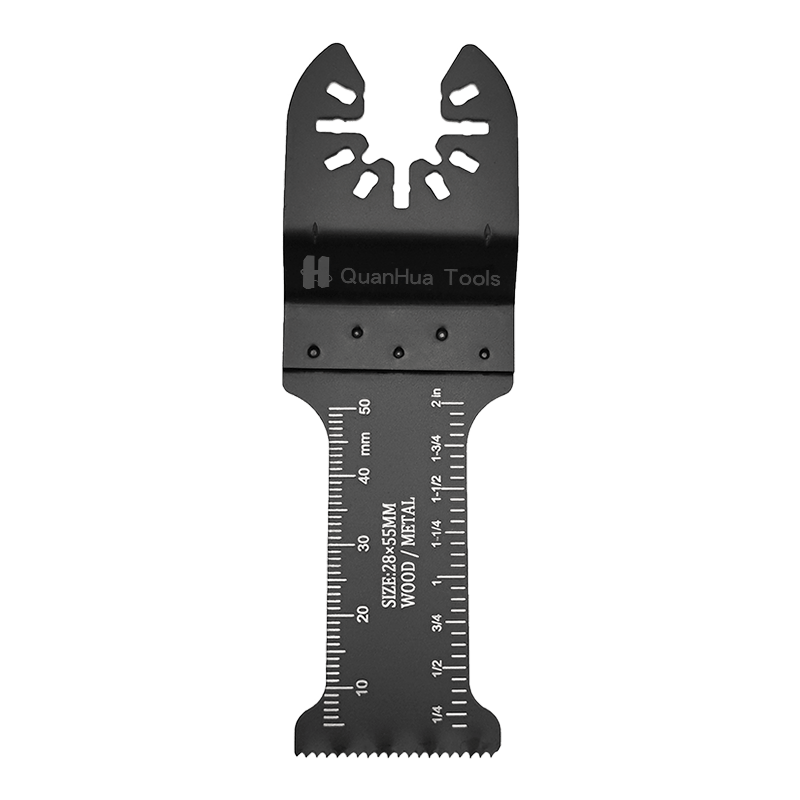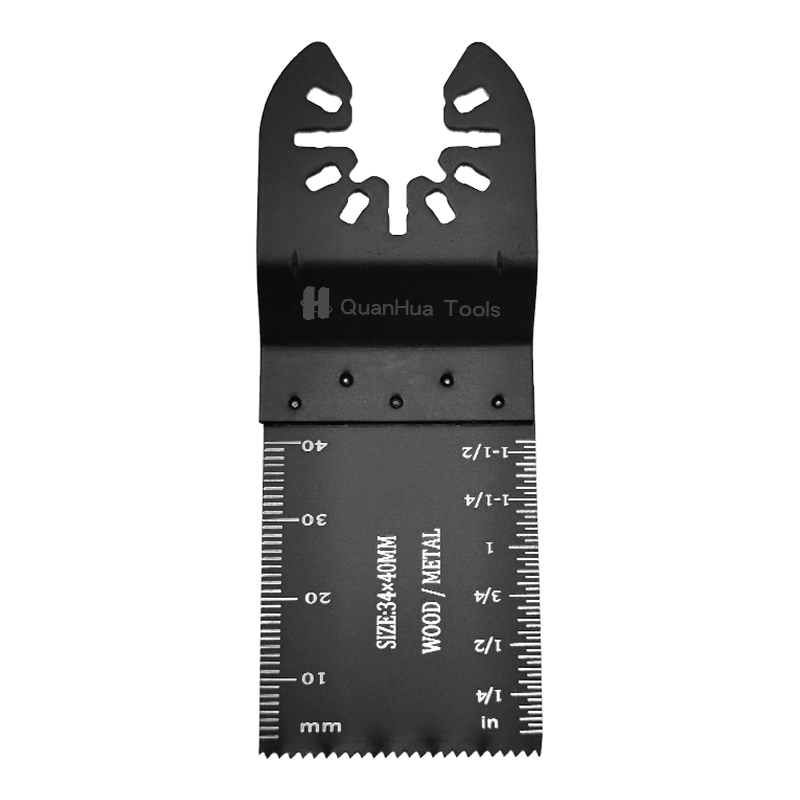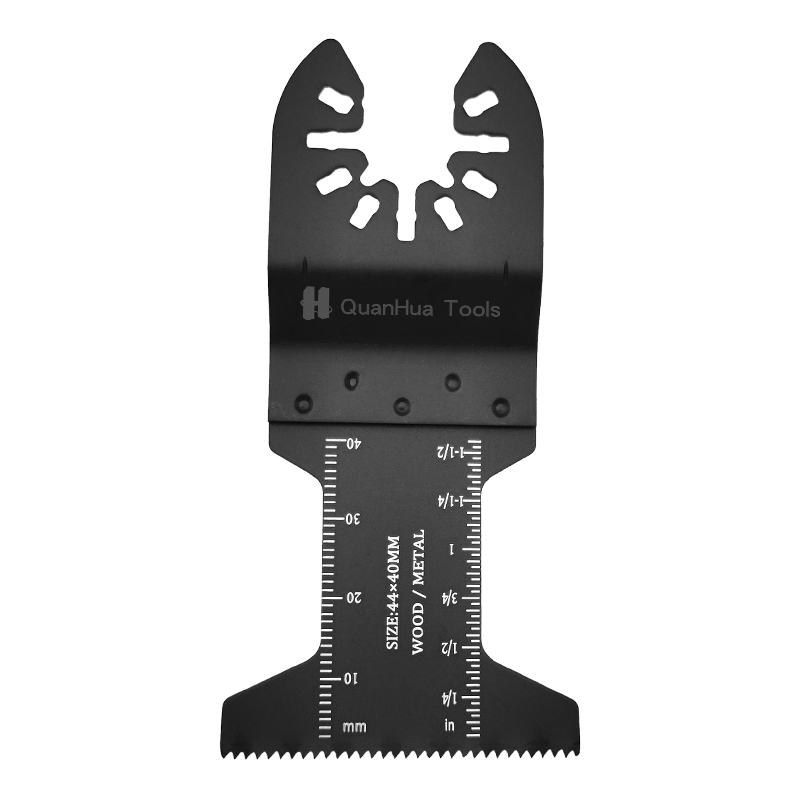Introduction — Why should we pay attention to the installation and safe use of saw blades
The blade of a garden saw (whether it is an electric disc saw, reciprocating saw, rod pruning saw or handheld saw) is a key component that determines the cutting effect and safety.
Common problems for beginners are not just from unskilled skills, but more are: wrong selection of saw blades, wrong installation, neglecting daily inspections and protection, resulting in low cutting efficiency, rapid wear of saw blades, and even dangers such as flying blades, lags, and rebounds. Mastering the correct installation and use process can significantly reduce accident risks, extend tool life, and improve work efficiency.
1. Preparation before installation
Confirm the saw blade model and the machine
Check the equipment manual or saw blade packaging to confirm three key dimensions: saw blade diameter (for example, 200mm, 254mm, etc.), center aperture (arbor size, must match the machine shaft), and maximum allowable rotation speed (RPM).
Confirm that the blade type matches the cutting material: wood, green branches/soft, hardwood, metal or plastic requires saw blades of different tooth shapes and materials (such as carbon steel, alloy or carbide teeth). Using an inappropriate saw blade can lead to poor cutting, overheating or dangerous.
Check the status of the saw blade (absolutely not to be on the machine with damage)
Visual inspection: find cracks, missing teeth, obvious bending, rust, and burning marks. Any cracked or significantly deformed saw blades must be scrapped and no longer used.
Check feel and swing: Place the saw blade flat on a flat surface and rotate to see if there is any obvious shaking (used to check for deformation or deviation). If there is a slight rustling or obvious asymmetry, it should be replaced.
If conditions permit, wipe the saw blade with a clean cloth to confirm that there is no adhesion of a large amount of resin or debris (resin can cause overheating and slipping).
Preparation tools and safety equipment
Common tools: wrench (or manufacturer's matching wrench), hexagon, driver, soft cloth, wooden wedge or fixture.
Essential protection: goggles or safety glasses with flanges, hearing protection (ear cups or earplugs, required when power tools are noisy), cut-resistant gloves (fitting, cut-resistant material), anti-slip shoes.
Power-off tool: Prepare a method to disconnect or unplug the battery first, for easy and safe operation.
2. Correct installation steps for different types of saw blades
The following are detailed installation steps for two types: disc (rotating) saw blades and reciprocating/plug-and-pull-out saw blades. If you are using other types (such as hand saw blades or chain saw chains), the operating details will be different. Tell me about the specific tools I can further refine.
Disc-type (desktop/handheld circular saw/rod disc) saw blade installation steps
Completely power off/disconnect the battery and confirm that the machine cannot start unexpectedly.
Remove the protective cover/cover (disassemble according to the equipment instructions). Pay attention to recording the installation order and orientation of the washer, flange and nut.
Remove the old saw blade: Use a matching wrench or clamp to fix the shaft and loosen the main nut counterclockwise (some models are clockwise, according to the instructions).
Check shaft and washers: Clean the journal and washers to ensure there is no iron filings or resin accumulation; if the washers are deformed, replace them.
Put the new saw blade on the axis: Align the center hole to ensure that the tooth direction is consistent with the direction of the arrow on the body (there are usually rotation arrows on the saw blade).
Install the inner and outer flanges and nuts: Replace it as it is (usually the inner flanges first, then the saw blade, and then the outer flanges), and lock them properly with a wrench after hand twisting. Do not twist too hard to avoid deformation. When there is no torque meter, it is enough to screw until it feels strong and has no looseness (if the instruction manual gives the torque, please follow the instruction manual first).
Reset the shield and secure all fasteners.
No-load trial rotation: Connect the power supply but do not cut, start the machine to idle for 5–10 seconds, and observe whether there is obvious vibration, abnormal noise or shaking. If there is any abnormality, immediately turn off the machine and check the installation, washer and bearing status.
Reciprocating saw / plug-in saw blade (handheld pruning saw, etc.)
Power off/removal of the battery.
Open the blade clamp or chuck (some are press-type snaps, some need to tighten the screws).
Insert the saw blade into the corresponding position, and note that the saw teeth are aligned with the snap position (the cutting direction is usually marked on the saw blade).
Make sure the blade is fully inserted and heard or felt the snaps in place, then follow the instructions to secure the spring or tighten the screws.
Manually check the firmness: Use your hands (gloves) to lightly tug the saw blade to confirm that there is no sliding.
Reset the protective cover and run it for trial (run for a short period of no load and confirm that there is no abnormal vibration or noise).
3. Safe use guide
"Second Confirmation" before the beginning
Whether the power supply/battery is disconnected (when loading and unloading the saw blade); whether the protective cover is properly installed during operation; whether the saw blade is tight and not loose.
Whether there are unrelated people, children or pets around; whether there are stumbling blocks or easy to slip on the ground in the work area.
Personal Protection (PPE)
Goggles: Must be worn to prevent wood chips and debris from flying into the eyes.
Hearing protection: Wear ear cups for long-term or high-noise operations.
Gloves: Choose a suitable cut-resistant glove to prevent slipping and cuts; avoid wearing loose gloves when operating high-speed rotating machinery to reduce the risk of being caught.
Anti-slip shoes and tight clothing: Avoid wearing long scarves or loose cuffs to ensure flexible and safe movements.
Stable posture and grip
Separate your feet shoulder-width apart, with a stable center of gravity; hold the tool handle firmly with both hands.
Do not operate on high places, uneven or standing on sliding surfaces.
Fixed cut objects
Use clamps, visors or support blocks to secure branches or wood to avoid the cut parts moving or falling during the cutting process.
For circular saw cutting long plates, support both sides to avoid sagging and avoid the saw blade clamping the material.
Cutting skills
The start tool allows the saw blade to reach normal speed before cutting into the material.
Do not force the knife: let the saw blade cut into its own ability. Excessive force will cause lag, heat and damage to the blade.
Keep the blade in line with the cutting direction to avoid lateral twisting or bevel cutting causing the saw blade to bend or stuck.
When encountering nodules or foreign objects (nails, stones), you should stop checking to avoid cutting materials containing foreign objects directly.
Prevent rebound/rebound (kickback)
Rebound is often found when the circular saw is clipped or the blade is stuck when cutting. Protection measures include: stabilizing the support material, avoiding clamping the saw blade close to the edge of the material, and using saw blades of appropriate tooth shape and size.
Once a rebound occurs, release the switch immediately (in a safe situation) and control the tool firmly, do not try to use force to resist unnatural twisting.
Never touch the still rotating saw blade
Do not touch the blade before stopping rotation, and do not try to pull the cut material out of the blade with your hands. Stop completely and unplug the power supply or remove the battery before processing.
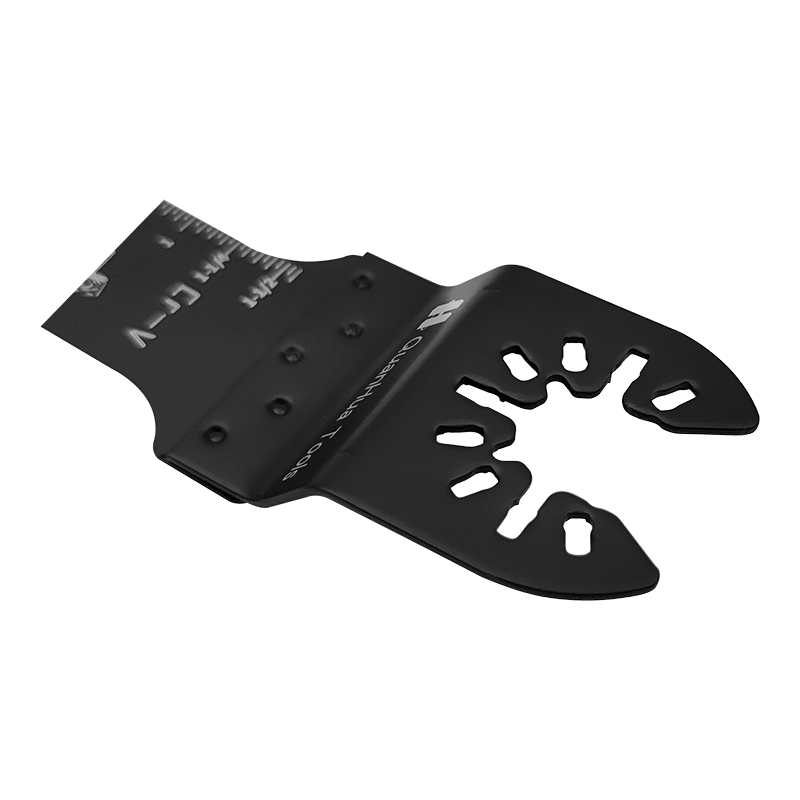
4. Common Errors and Risks
Error 1: The direction of the saw blade is reversed
Symptoms: Poor cutting effect, powdered chips, and easy to get stuck.
Solution: Press the arrow on the saw blade to install in accordance with the steering of the machine.
Error 2: The saw blade is loose or the washer is in reverse
Symptoms: High vibration, abnormal noise, and possible flying tablets during startup.
Solution: Install the inner and outer flanges in order and tighten them according to the instructions; check for idling and no shaking before cutting.
Error 3: Use the wrong number of teeth or the wrong material saw blade
For example, cutting metal with woodworking teeth can cause sparks, burning the edges and extremely dangerous.
Solution: Use suitable blades for materials, such as high-toothed fine teeth for hardwood, coarse teeth for trimming or special green branch saw blades, and metal/multi-purpose blades for cutting metal.
Error Four: Ignore cleaning and resin accumulation
Symptoms: The saw blade is hot, the incision becomes black, and the cutting efficiency decreases.
Solution: Regularly clean the resin and impurities on the saw blade (see Maintenance section).
5. Maintenance and storage
Daily cleaning
After each use, clean the wood chips and resin from the blades with a dry cloth. For resins that are heavily adhered, you can use a special cleaner or mild degreasing agent (according to product instructions) and then wipe it dry with a dry cloth.
Avoid using sandpaper to vigorously polish the knife teeth (which will change the tooth shape). Generally, a soft brush can be used with a cleaning solution to remove stains in a small area.
Saw blade wear and repair
When the cutting efficiency of the saw blade is significantly reduced, there is a lot of burning, or the cut is rough, it means that the blade edge is blunt.
For saw blades of carbide teeth, it is recommended to be used for professional stores to repair and grind with grinding wheels or special equipment; do not use grinding wheels to repair and grind by yourself for household use to avoid damage to the tooth shape.
For simple carbon steel blades, fine cog teeth can be trimmed with files, but maintain the original tooth angle. If you are not familiar with grinding techniques, it is recommended to replace it or ask a professional to deal with it.
Anti-rust and storage
Apply a thin layer of anti-rust oil or store it in a dry place to avoid rust caused by humid environment.
Wrap it with a saw blade cover or wrapping paper and place it in a flat position to avoid collision with the teeth.
Do not stack saw blades randomly to avoid friction and damage to the tip of the teeth.
When to replace the saw blade
If cracks occur, obvious deformation, severe teeth deficiency, or the original size lower limit is approached after grinding, it should be replaced immediately. Safety is preferred, and never continue to use "barely available" blades.
6. Troubleshooting
The machine has large vibration: Check whether the saw blade is bent/deformed, whether the bearing is worn, and whether the nut is inappropriately tightened.
Smoke or black during cutting: The blade may be blunt, rotate too high or feeding too slowly; pause the resin cleaning or replace the blade.
Blade jam: Turn off the power immediately and wait for the stop; loosen the fastener to check for foreign objects or materials to clamp; continue after correction.
There is an abnormal noise or metal collision sound when the saw blade is shut down to check whether it encounters nails or hard debris. If necessary, replace the blade and check the material to be cut.
In an emergency (such as severe cuts or blade fragments) you should stop working immediately and seek medical attention.
7. Quick checklist
The power/battery is disconnected (when the saw blade is installed).
Saw blade model/center hole/steering matches the device.
The saw blade has no cracks, no defects, and no obvious bends.
Flange and nuts are installed and tightened with the feel (no looseness).
The protective cover is reset and the fasteners are intact.
The work area is free of people and the ground is stable.
Wear goggles, hearing protection and suitable gloves.
The cut object has been fixed or properly supported.
Idle tester (5–10 seconds) without any exception.
If there is any abnormality, stop and check the cause before continuing.

